SPL Lighting LED lamps and tubes
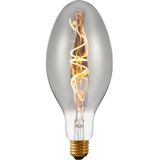
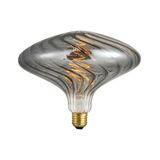
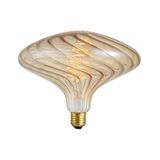
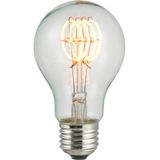

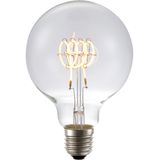


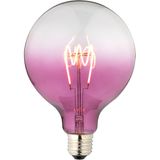



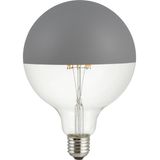
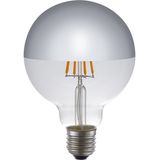
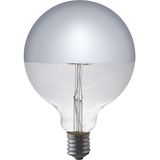
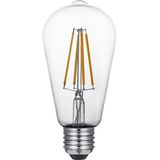
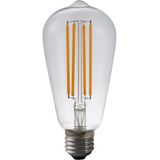
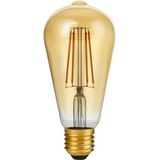
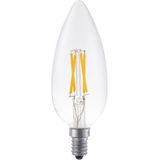

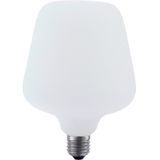


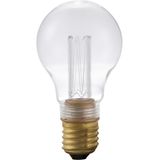
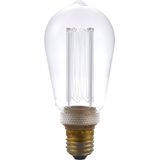
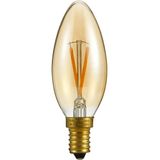

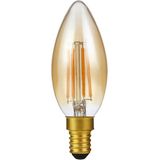

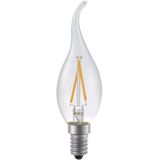
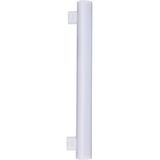

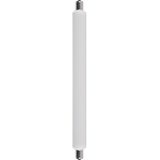

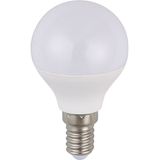

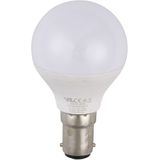


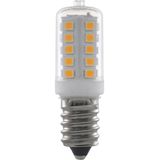

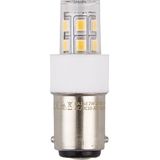
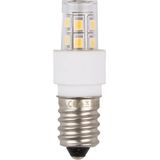
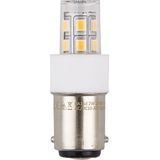
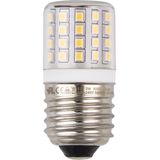

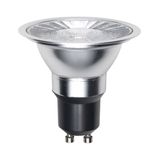


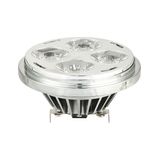
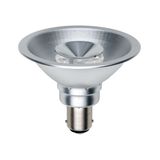




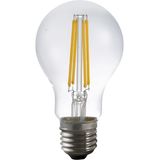
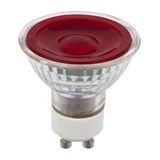

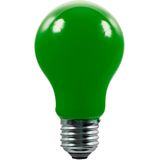
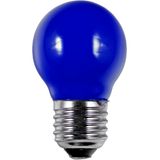
spl lighting led lamps families and formats
The range splits into two engine types: clear “filament” glass for visible lamps and ceramic-core opal globes where efficacy and thermal headroom are the priority. Power nodes commonly 3.5–4 W, 6–7 W, 8–10 W, and 13–15 W, covering ~350 to ~1 600 lm and replacing legacy 35/40/60/100 W points on 220–240 V mains. CCT packs 2700/3000/4000 K; CRI 80 as baseline with CRI 90 (R9 > 50 on selected bins) for food, wood, and textiles. Most lines are IP20 and operate −20…+40 °C; enclosed shades require models marked “enclosed-fixture suitable” to keep Tc < 85 °C.
Optical packages and shapes installers see every day
Envelopes include A60/A67 general forms, G80/G95 globes for open pendants, ST64 tubes for bars, and compact G45/mini-A for sconces. Clear filament glass yields higher centre intensity and sparkle; opal diffusers flatten luminance for comfort under shallow canopies. Omni distribution suits shades and chandeliers; internal reflectors in select SKUs bias flux forward for down-facing pendants.
Driver behaviour for spl lighting dimmable led lights
Trailing-edge (RC) compatibility is the default; many SKUs list approved leading-edge (RL) channels. Expect ~10–100 % dim range on opal diffusers and ~5–100 % on filaments when channel load is within the dimmer’s stable window. Pro lots target PF ≥ 0.90 (≥10 W), THD ≤ 15 %, and flicker metrics around PstLM ≤ 1.0, SVM ≤ 0.4 for camera-sensitive spaces. Surge ride-through typically 1–2 kV line-to-line; add upstream SPD where motors share the board.
Construction, materials, and ratings that matter
E27 caps per IEC 60061 with nickel-plated shells. Filament types use sapphire/glass substrates and remote phosphor with compact HV/linear-reg drivers. Opal utility lines ride an aluminium thermal slug under a PC globe with constant-current drivers and active PFC on higher watt nodes. Markings include CCT/CRI/lm/PF/THD/dimming icon and envelope size (e.g., A60 ≈ Ø60×110 mm). Photobiological safety EN 62471 RG0/RG1; EMC EN 55015/EN 61547; mains quality EN 61000-3-2/-3-3. Source data references LM-80 with TM-21 projections—typical L70/L80 25–50 kh at Ta 25 °C depending on engine.
Retrofit paths and compatibility notes
When drawings call for spl lighting retrofit led lamps, check: holder T-class (≥T150 in tight shades), enclosed-use rating, and dimmer topology per floor to avoid mixed RL/RC behaviour. GU10 estates must be labelled clearly to prevent accidental cross-fit with screw bases. For emergency circuits, use luminaires with maintained packs; lamps themselves aren’t self-EM unless explicitly stated.
Series overview for specifiers
- Filament décor – clear/tinted glass, 2700 K focus, low driver ripple; ideal for visible pendants and glass shades.
- Opal utility – 3000/4000 K, highest lm/W, strong PF/THD figures for commercial circuits.
- Mini & specialty – G45/mini-A for tight sconces and bedside; reinforced necks for frequent relamping.
- High-output A67 – ~1.5–1.6 klm where ceiling height needs punch without changing the fixture.
Application mapping for spl lighting indoor led lamps
Hospitality: 2700 K filaments on trailing-edge channels for warm-dim ambience; CRI 90 over tables and bars. Offices and education: 3000/4000 K opal utility lamps in enclosed canopies; prioritise maintained flux at elevated Ta. Retail: clear filaments for sparkle in visible pendants, opal globes behind diffusers to keep uniform backgrounds. Residential corridors and guestrooms: mini-globes where shades restrict envelope height.
Controls and wiring quick guide
Aggregate channel load to keep dimmers in a stable range; tiny loads on multi-channel plates are a common cause of shimmer. Neutral sharing is straightforward on these resistive-dominant drivers, but avoid long mixed circuits that stack capacitance on RL dimmers. Keep pendant drops strain-relieved; add 360° braid clamps where EMC discipline matters near metering or control trays.
Compact standards checklist for submittals
IEC/EN 62560 (self-ballasted LED), EN 62031/IEC 62384/EN 61347-2-13 (source/driver), EN 62471 (photo-bio), EN 55015/EN 61547 (EMC), EN 61000-3-2/-3-3 (mains quality). Note Tc points and any “enclosed use” limitation on the room sheets.